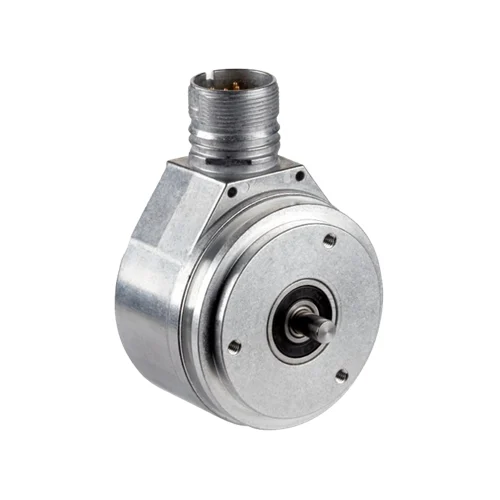SICK DFS60B-S1UA08192 Incremental Encoder — High-Resolution Motion Control Solution
The SICK DFS60B-S1UA08192 Incremental Encoder is designed for precision feedback in motion control and automation systems. With 8,192 pulses per revolution and TTL/RS-422 signal output, it provides smooth and accurate speed and position measurement for industrial drives. Its solid stainless-steel shaft and die-cast aluminum housing ensure long-term durability, while IP67 protection guards against dust and moisture. Compact and efficient, it supports speeds up to 9,000 rpm, making it suitable for demanding applications that require stable signal output and minimal error deviation even under heavy mechanical loads.
The DFS60B-S1UA08192 brings exceptional accuracy and resilience to manufacturing and automation environments. Its zero-set function simplifies calibration, allowing quick setup and precise alignment during installation. Built to withstand shocks and vibrations, the encoder ensures reliable feedback in high-speed operations such as robotics, conveyors, and motor control. With a wide temperature range and long bearing lifetime, it performs consistently in challenging conditions. Its lightweight 0.3 kg construction minimizes inertia, enhancing system responsiveness while maintaining consistent performance across continuous operation cycles.
Why SICK DFS60B-S1UA08192?
Because precision deserves reliability. The SICK DFS60B-S1UA08192 delivers ultra-accurate motion feedback with 8,192 pulses per revolution, compact design, and rugged construction. It’s the perfect balance of speed, durability, and intelligence—built to keep every rotation under control, even in the toughest industrial conditions.
What Problem Does It Solve?
It eliminates inaccurate position tracking and motion instability in high-speed automation systems. With robust signal transmission, shock resistance, and a zero-set feature for instant alignment, the DFS60B-S1UA08192 ensures smooth synchronization, precise motor control, and reduced downtime—solving one of the biggest challenges in modern motion control engineering.

